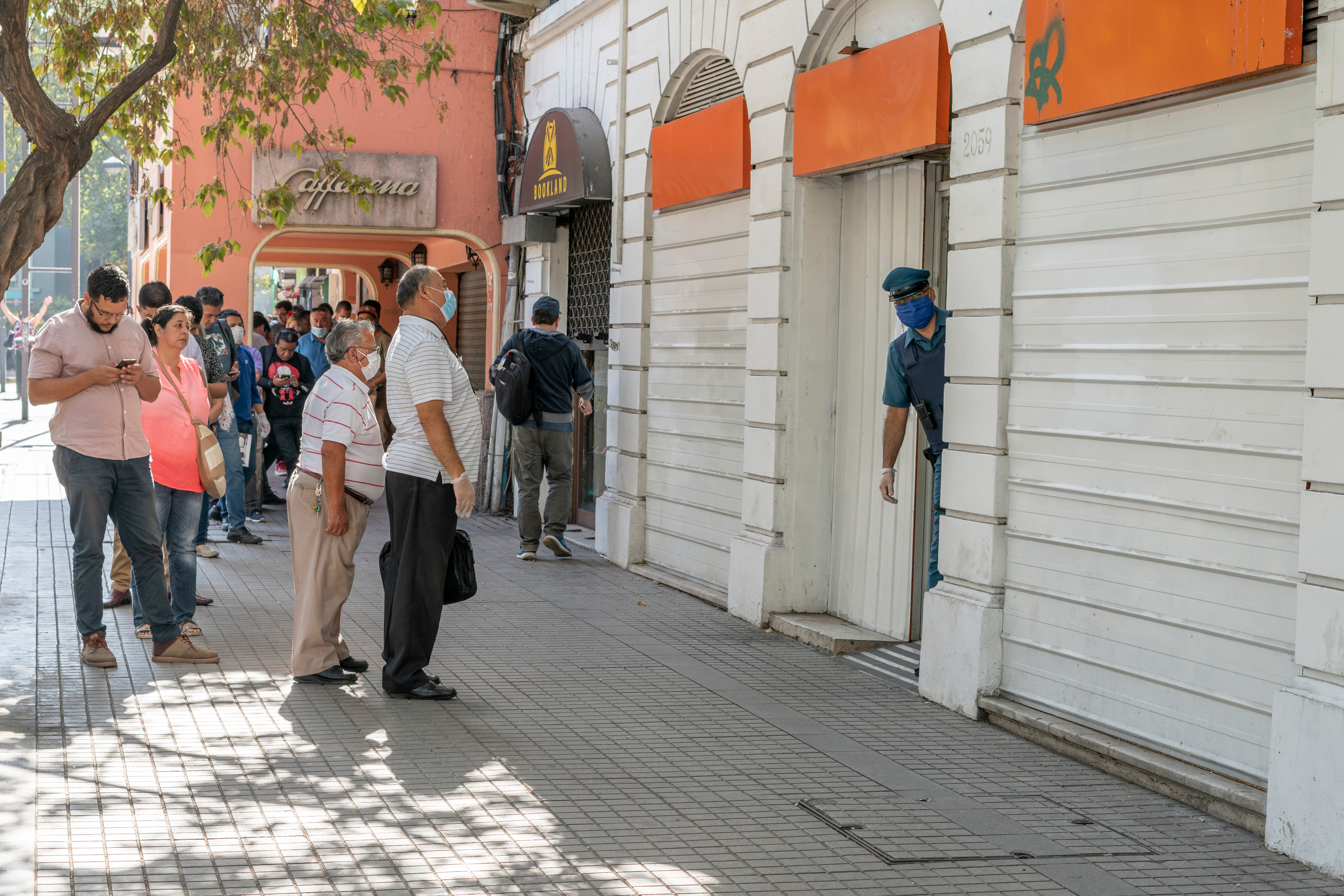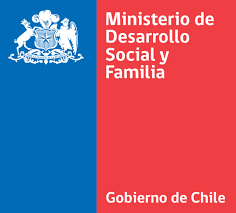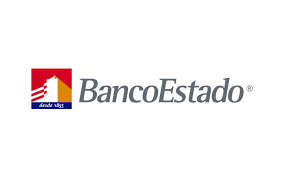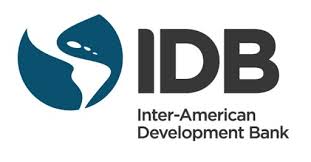Can Cash Transfers via Bank Accounts Increase Savings? Evaluating the Chile Cuenta Program

Abstract: Funded by IPA and the Inter-American Development Bank (IADB) and in collaboration with the Ministry of Social Development of Chile and BancoEstado, researchers conducted a randomized evaluation to assess whether delivering conditional cash transfers through bank accounts, instead of cash, could increase savings. The program enhanced access to the formal finance sector but did not increase savings on average. However, participants with no previous positive account balances experienced an increase in savings.
Low savings levels are particularly pronounced in low- and middle-income countries. In Chile, only 31 percent of the population aged 15 years or older, and 27 percent of the poorest 40 percent, have saved in a financial institution.1 To enhance access to the formal financial sector and financial management of recipients of Programa Puente (PP) — a program offering families psychosocial assistance, social support and cash transfers—the Ministry of Social Development and the state-owned bank BancoEstado developed the Chile Cuenta Program (CC). The CC program delivers subsidies to participants in a CuentaRUT account, instead of cash, and opens one for those who did not have one. The CuentaRUT account is a BancoEstado account in which balances can be drawn on via debit card to buy goods, withdraw money, or pay utility bills at retail stores.
Funded by IPA and the IADB and in collaboration with the Ministry of Social Development and BancoEstado, researchers conducted a randomized evaluation to assess whether enrolling in the CC program could increase savings. The evaluation involved 3,210 recipients of the PP program in Santiago. The participants were randomly assigned to either be offered the option of receiving their transfer in a CuentaRUT account or to serve as the comparison group. The comparison group still had the possibility of requesting access to receive their transfer in the CuentaRUT account.
Enrolling in the CC program enhanced access to the formal financial sector by 12 percentage points (from 75.4 percent to 87.0 percent) relative to the comparison group. Although delivering subsidies through bank transfers increased the balance of CuentaRUT accounts in the long run, it did not increase savings on average. However, bank transfers did improve savings for participants without a previous balance. These recipients experienced an increase of USD 12 on average in their savings accounts, representing 3.7 percent of the total transfers they received throughout PP. Transferring subsidies through bank accounts decreased government expenses by USD 0.67 per transaction.
Sources
1 Demirgüç-Kunt, A. et al. 2022. The Global Findex Database 2021: Financial Inclusion, Digital Payments, and Resilience in the Age of COVID-19. Washington, DC, United States: World Bank Publications.
Implementing Partners


Funding Partner













